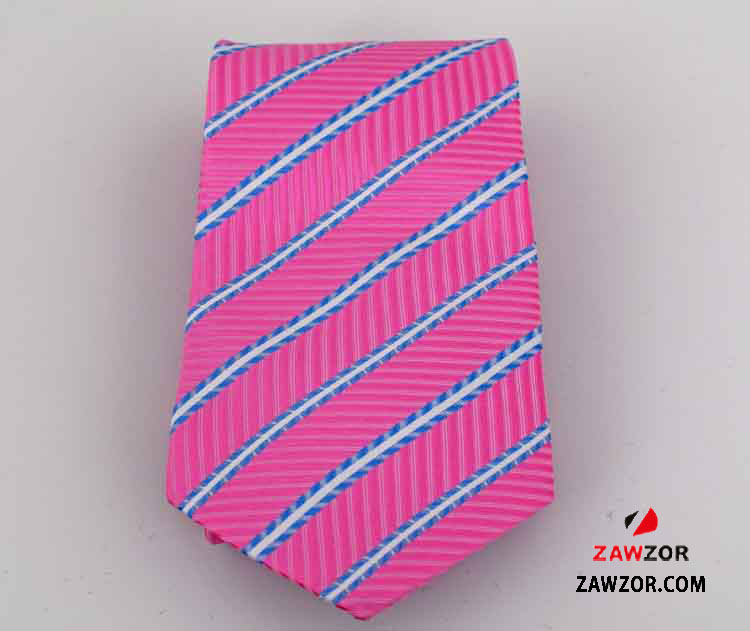The Origin Of The Modern Necktie

The origin of the modern necktie is a fascinating tale rooted in military history and the evolution of fashion. What we now recognise as a staple of professional attire has its humble beginnings in the 17th century, the Thirty Years' War, far from the boardrooms and formal events of today.
The story begins with Croatian mercenaries serving the French army. These soldiers wore a distinctive piece of cloth around their necks, a practical yet stylish accessory. This piece, tied in a knot, served a functional purpose: to keep the collars of their shirts closed. The French were captivated by this unique garment, which they called a "cravat", a corruption of the French word "cravate", derived from the word "Croate" for Croatian. This simple but elegant neckwear caught the eye of King Louis XIV, a notorious fashion enthusiast, who began to wear a lace cravat himself. The king's adoption of the cravat instantly elevated its status, transforming it from a mere military accessory into a symbol of high fashion and nobility.
As the cravat gained popularity throughout the 18th and 19th centuries, its form and function underwent significant evolution. During the age of enlightenment, cravats became more elaborate and intricate, often made of fine linen or lace and tied in complex knots. Fashion-conscious gentlemen of the time would spend hours perfecting their cravat knots, with various styles emerging, each with its own name and significance. This period saw the cravat become a true art form, a reflection of a man's social status and personal style. The dandy movement, led by figures like Beue Brummell, further cemented the cravat's importance. Brummell, a fashion icon of the Regency era, championed a more refined, understated approach to dressing. He replaced the ornate cravats of the past with simple, starched white linen versions, meticulously tied in perfect knots. His influence was immense, shifting the focus from gaudy extravagance to subtle elegance.
The late 19th and early 20th centuries marked the final transformation of the cravat into the modern necktie. As industrialisation took hold and the pace of life accelerated, the elaborate cravat knots became impractical for daily wear. The need for a simpler, more streamlined accessory led to the development of a longer, narrower piece of cloth that could be easily tied and worn. This new garment, which we now call a necktie, was a direct response to the demands of modern life and the changing nature of men's fashion. The introduction of the four-in-hand knot, a simple and efficient way to tie a necktie, solidified its place as the dominant form of neckwear.
Today, the necktie remains a powerful symbol of professionalism and formality. While fashion trends may come and go, the necktie endures as a timeless accessory, a testament to its long and rich history. From the battlefields of 17th-century France to the corporate boardrooms of the 21st century, the journey of the necktie is a remarkable example of how a simple piece of cloth can become an enduring icon of style.
At Zawzor, we offer a curated selection of modern neckties that cater to a variety of styles and preferences.
